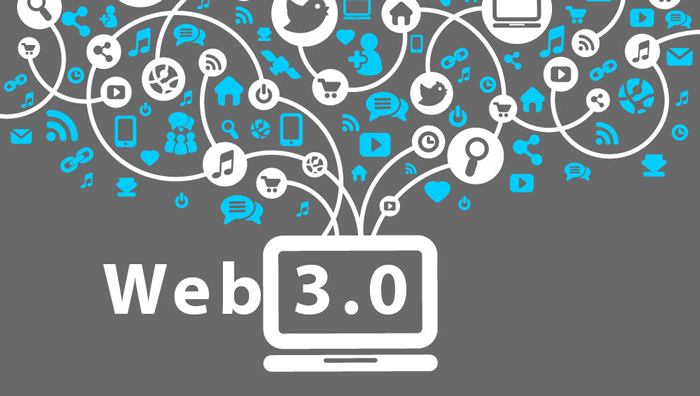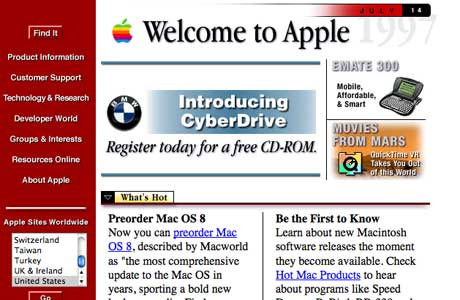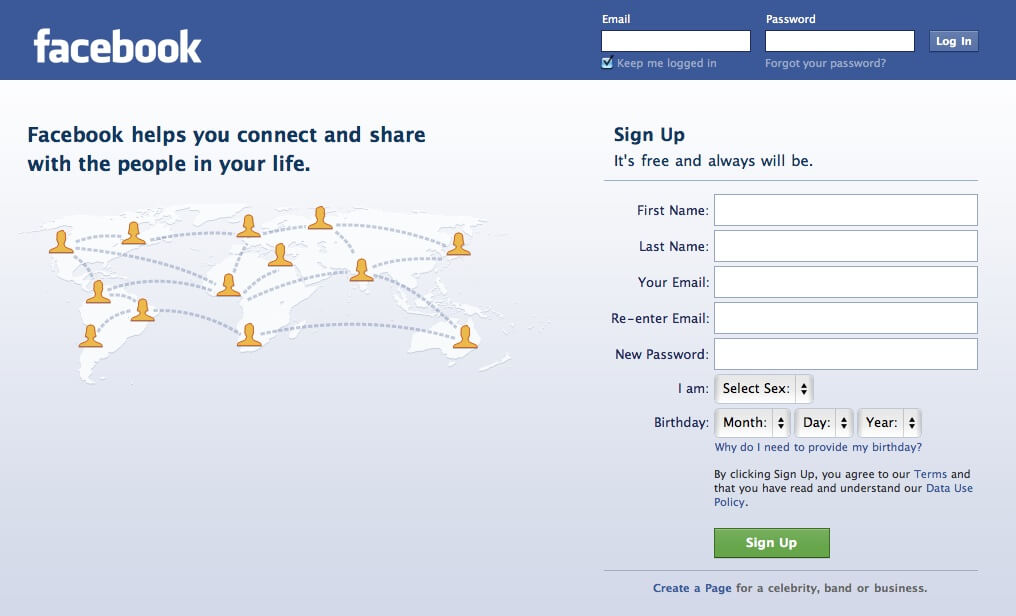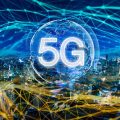
Web, URL, DNS, HTML — when it comes to the Internet from a technical point of view, it seems to be extremelydifficult and incomprehensible. This is partly true. But everyone can understand the basics and understand why Web 3.0 is the future and Web 1.0 is a forgotten history.
In this article, we will tell you in simple language, but in detail, what the essence of the Web 3.0 concept is, how it differs from previous versions and why cryptocurrency projects are an integral part of it.
How is the Internet different from the Web?
Contrary to popular belief, the Internet and the Web are not the same thing. If the Internet is a network that connects millions of computers around the world, then the Web is one of the tools for connecting.
In other words, the Web is a system of sites interconnected by URL links (for example, such as https://mining-cryptocurrency.ru/) using DNS servers.
How did Web 1.0 begin?
Web creator Tim Berners-Lee described itthe first version as a read-only network. This means that content that was previously distributed via radio or television could now be accessed from any computer connected to the Internet.
On Web 1.0 a small number of users created content for the majority. For example, resources with advertisements, online catalogs, and so on were popular. To leave a comment, you had to go to a special guest page and send it through an email client.

Initially, the system worked through modems and telephone networks. Because of this, it was chaotic and unstable, but the problem was solved with the advent of leased lines and Internet providers.
At the same time, people's expectations from the new sphere turned out to beinflated, leading to the legendary dot-com boom, which is now often cited as an example in the crypto market when they want to point out that the industry is a bubble. People were euphoric about the opportunities that the Internet could provide them in the near future. Internet-related startups popped up every day.
At the same time, the industry was young, somost entrepreneurs did not understand how to run this business. Many companies were overvalued, and they themselves tried to attract as much money as possible. The slogan of that time was the phrase: grow fast or disappear. However, investors eventually began to realize that the startups in which they had invested were never able to start generating profits.
As a result, in the 2000s, many Internet companies went bankrupt and investors suffered losses. However, those who survived this period became IT giants like Amazon or eBay.
Second stage - Web 2.0
2004 was the year the Internet was born, as wewe know him now. At the time, O’Reilly Media co-founder Dale Dougherty and publisher Tim O’Reilly emphasized the importance of user-generated content. Therefore, the key platforms of the Web 2.0 era have become social networks Facebook, Twitter, and video hosting YouTube.

Literally anyone who has access to the network canPublish your content on various platforms. This led to the popularization of the Internet and gave a powerful impetus to the development of mobile devices, as well as applications and various online platforms. Due to the fact that the Internet began to generate high income, large providers began to appear that were able to improve the quality of network access and reduce the price of this service. This again had a positive effect on the popularity of the Internet, but at the same time became a key reason for its centralization.
Now business websites run on Amazon servicesworldwide, and Google and Facebook control data on billions of users. Sometimes this leads to global problems. For example, the Amazon Web Services (AWS) outage that occurred last November affected thousands of services, from Pokemon Go and League is Legends to Tribune Publishing and the Baltimore Sun.
And leaks of information about millions of usersFacebook led to a scandal on a global scale. This became one of the key arguments of financial regulators who opposed the launch of the Facebook Libra crypto project (after rebranding it became known as Diem).
Web 3.0 - the internet of the future
Web 3.0 is a new version of the same Web created in the last millennium, but it is powered by machine learning and artificial intelligence (AI). The concept is aimed at open, interconnected websites and web applications, more related to understanding data and teaching computers using AI. Due to this, it is possible to obtain the most relevant information in a short period of time.
In Web 3.0 each individual user will receive information tailored specifically to him. The concept of this system is not new. Back in 1999, Web 1.0 creator Tim Berners-Lee introduced it under the name “Semantic Web.” This network should allow computers to process the various mechanisms inherent in commerce, bureaucracy and people's daily lives.
It is expected that the new version of the Web will be able touse peer-to-peer (P2P) technologies such as blockchain, open source software, virtual reality, Internet of Things (IoT). But these advanced technologies are only a small part of Web 3.0.
So, now most applications are created underspecific operating system, such as iOS. Thanks to Web 3.0, they will be able to work on any system without requiring separate development. This is a step towards decentralization of the Internet, where users will not be forced to depend on the capabilities and decisions of providers. And this, in turn, will make the Internet a safer environment, including from the point of view of data safety.
Other advantages of the new version of the Internet include:the ability to provide each user with more personalized information that meets their needs, more targeted advertising, better customer support.
The Role of Cryptocurrencies in Web 3.0
The best foundation for Web 3.0 will be the Bitcoin network as the most reliable of the blockchains, said Blockstack CEO Munib Ali. According to him, Web 3.0 gives people back control over their data and digital assets. For this reason, many crypto projects are actively developing the concept of Web 3.0.
Decentralization is one of the most important principles of the Web3.0. For example, decentralized applications (dApps) from the DeFi space do not require third party control. They are more secure (due to the absence of central points of control) and more efficient due to the absence of intermediaries.
Another striking example of the unification of the spherecryptocurrencies and Web 3.0 - Brave crypto browser. It does not track user activity and also blocks website ads by default. The user can agree to display commercial materials, for which they will receive native BAT tokens.
At the same time, the Polkadot crypto project presentedmarket a unique decentralized protocol that unites various blockchains and allows not only the smooth transfer of information and tokens through them, but also the deployment of applications.
And this is one of the main tasks of the new Internet Web 3.0 - the ability to work on any system without special modifications, applications and add-ons.
Conclusion
The Internet has changed a lot over the past 20 years andevolved. It has gone from a decentralized, chaotic network to an orderly system, but the security of users’ personal data has suffered as a result. Web 3.0 is just another step forward in the development of the World Wide Web.
Now the Internet is back todecentralization, in which blockchain and cryptocurrencies will help it. Over time, the network will become more targeted to each individual user, programs will be able to run on any operating system at a lower cost. And this will again improve the quality of the Web, reducing its cost to users.

Rate this publication




